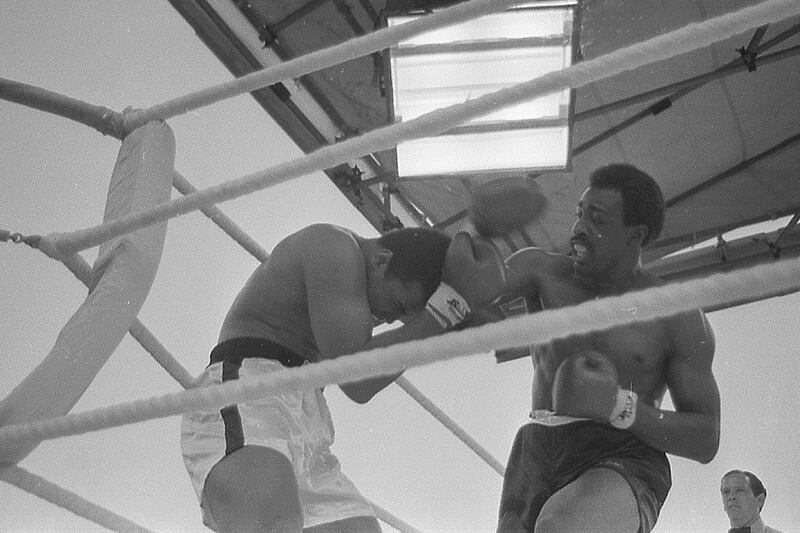The Supreme Court of the United States has overturned its landmark 1973 ruling in Roe v Wade, which ruled that abortion bans were an unconstitutional government interference in private medical decisions.
The original decision was based on the right to privacy implied by the due process clause of the 14th Amendment. This had been established by similar cases, such as Griswold v Connecticut (1965) which overturned a ban on contraception, and Loving v Virginia (1967) which overturned a ban on interracial marriage. It was also the basis of later decisions such as Lawrence v Texas (2003) and Obergefell v Hodges (2015) which protected same-sex intimacy and marriage and was specifically upheld regarding abortion in Planned Parenthood v Casey (1992).
The legal reasoning used to overturn Roe can be applied to all the decisions the Supreme Court made on the same basis and so bodily autonomy, family planning and the freedom to enter into same-sex relationships are all threatened. However, the most immediate threat is to women’s health. Decisions about pregnancy are no longer medical issues between a patient and their doctor but political subjects. Yet attempts to regulate bodies in this way can have disastrous results. States including Texas and Ohio have introduced heartbeat laws, banning abortion once foetal cardiac activity can be detected, typically at six weeks, before most people realise they are pregnant.
In Ireland, the Eighth Amendment created a similar requirement. Doctors were legally unable to terminate Savita Halappanavar’s pregnancy because of a foetal heartbeat and she was forced to miscarry, resulting in infection, organ failure and an avoidable death. In 2019, Ohio lawmakers proposed an even more extreme law. It would have compelled doctors to “reimplant an ectopic pregnancy into the woman’s uterus” or face criminal charges. Ectopic pregnancies, where a fertilised egg implants outside the uterus, are fatal for the mother if not terminated, are never viable and cannot be reimplanted.
Smart five-bedroom home in Cabinteely in walk-in condition for €1.05m
Matt Williams: Munster have a sniff as the Champions Cup gets blooming great
The Big Fight by Dave Hannigan: Account of Muhammad Ali in Croke Park a strange time capsule of 1970s Ireland
Sandymount cycle path decision frees council from weeds of lengthy planning process
Something often overlooked in debates about abortion law is that legislation banning abortion is relatively recent. The common law tradition meant that abortion after “quickening” or foetal movement was technically illegal but not explicitly banned by statute until the Offences Against the Person Act in 1861 (England and Ireland) and a series of state laws between 1821 and 1880 in the US. Methods of inducing an abortion were often described in euphemistic terms such as “restoring menses” and communicated between women, since doctors were generally not involved in pregnancy.
The first American ban came in Connecticut. In 1817 Anglican priest Ammi Rogers got Aesnath Smith pregnant. Smith assumed that Rogers would marry her, since babies arriving fewer than nine months after marriage were generally overlooked, but Rogers refused unless she terminated the pregnancy. A medicine that was supposed to clear “obstructed menses” was unsuccessful, and so Rogers used a tool to physically disrupt the pregnancy, then disappeared to a nearby town to preach. Smith was left bleeding and in intense pain.
Several days later she delivered a stillborn child. Efforts to prosecute Rogers were hampered by the lack of a codified law and the fact that household guidebooks and medical texts had, since classical antiquity, advised appropriate medicine to end unwanted pregnancies. The Connecticut legislature then enacted an act that explicitly banned the use of “poison” to cause miscarriage.
By 1880, abortion was effectively criminalised across the US and stayed so until 1973. Yet criminalisation did not end abortion but merely made it less safe. In 1930, abortion was recorded as the cause of death for 2,700 American mothers, 18 per cent of the national total. By the 1960s networks, often led by women, were established to make abortions safer.
In Chicago, a telephone hotline allowed callers to ask for Jane and be directed to safe abortion access. In California, the Society for Human Abortion pressed for the repeal of abortion laws and directed women as far afield as Japan to obtain safe abortions. In New York, a group of Protestant ministers and rabbis became so concerned about the number of women dying from unsafe abortions that they formed the Clergy Consultation Service on Abortion, which kept notes of unscrupulous and unsafe abortion providers to be avoided.
This was the background against which the Roe decision was made, and it is the reality to which America has been returned. As history shows, banning abortion simply makes it less safe.
Dr Stuart Mathieson is a postdoctoral fellow working in Dublin City University school of history and geography














